After the crackdown on performance-enhancing drugs, home runs in professional baseball dipped the past few years. They seem to be back up though, and new metrics on hitting angle might have something to do with it. Dave Sheinin and Armand Emamdjomeh for The Washington Post delve into the angles, along with hit speed, and how they lead to more home runs.
-
If it seems like every day you log in to Facebook, it’s someone’s birthday, you’re probably not that far off.
-
xkcd reading my mind somehow as usual. Not all state word maps are bad. But most of them are.
-
Statistics is a game of subtleties, and you lose when you don’t pay attention to the details. Here are a handful of common mistakes when interpreting the numbers. In a nutshell: You get into trouble when you assume and ignore.
-
As a Golden State Warriors fan, I am obligated to dislike LeBron James, but there is no denying that he is a great basketball player. James recently passed Michael Jordan for playoff points with number 5,995, and he’s got plenty left in the tank it seems. Adam Pearce for The New York Times shows the point trajectory with a return of the scrolling visualization.
-
There is a fixed number of minutes during the day. Where do parents usually draw the time from?
-
Twitch launched Stock Stream, which is a multiplayer stock market game that uses $50,000 of real money for trading. During each five-minute round, players vote for stocks they want to buy or sell, and a player earns points if the stock goes up during the five-minute period. The game runs at the open and close of the market, and the game ends if the value decreases to $25,000. [via Waxy]
-
Google collects much of their own data to construct their maps, whereas Apple sources most of their data externally. This difference, coupled with varying cartography that changes over time, means an interesting contrast between the two map services. Justin O’Beirne took monthly screenshots for a year to look at the differences more closely.
-
This clip of Obi-Wan saying “Hello there” 67 million times amused me too much.
I think there’s a lesson in averages or small multiples hidden somewhere in there.
-
Glaciers at Glacier National Park in Montana are melting. Using data from the United States Geological Survey and Portland State University, Nadja Popovich for The New York Times maps the shrinking glaciers with their 2015 footprint overlaid on their footprints from 50 years ago.
-
Roger Peng, a biostatistics professor at John Hopkins University, talks about the past and future of data analysis, using music as a metaphor for the path.
-
The administration released a budget proposal yesterday, which as you’d expect contains some big shifts. The New York Times calculated “the changes over 10 years, compared with projected spending under current law” and made the numbers available in a searchable table.
-
Game developer Oleg Dolya made a medieval fantasy city generator. Select the size you want, and get something like the above. “The generation method is rather arbitrary, the goal is to produce a nice looking map, not an accurate model of a city.”
-
While watching a Mister Rogers’ Neighborhood marathon, Owen Phillips for The Awl wondered about the colors of Mister Rogers’ cardigans over the years. So Phillips tallied the colors and plotted every single one of them.
-
There is a 16-by-16 mile grid of big X’s in the Sonoran Desert that were used to calibrate spy satellites in the 1960s. They’re no longer in use, but Julie Anand and Damon Sauer have been studying the marks and overlaying the paths of publicly-known satellites that are detected during the time of a photograph.
-
Lazaro Gamio for Axios used Chernoff Faces that look like emojis.
This visualization is a modified version of Chernoff Faces, a technique that maps multiple statistical values to the features of a face. Because it’s 2017, we expanded on the technique and made Chernoff Emojis. Each part of the emoji is controlled by the state’s ranking in a given metric, which range from the uninsured rate to the percent of adults who report getting enough sleep.
Fun.
The above is the desktop version, but I actually like the mobile version better, which shows face transitions between states.
-
I simulated a day for employed Americans to see when and where they work.
-
Using data from NOAA STAR, Nadieh Bremer creates a breathing Earth that shows the seasonal cycles of vegetation over the course of a year.
The animation happening in the map above, through all 52 weeks of 2016, visualizes these seasonal cycles. The rise and fall of the growing season in the Northern Hemisphere is particularly visible. However, when focusing on different parts of the planet other cycles & different seasons become noticeable as well; the Southern regions of Africa, Brazil, and New Zealand, having the reverse cycle as the North, or India getting drier and drier up until the July when the monsoons start. The more often you watch the year go by, the more small details will start to stand out.
See also John Nelson’s project from a while back of the same name, which made use of satellite imagery.
-
Ian Johnson provides some good direction for those looking to get their feet wet with d3.js.
Read More

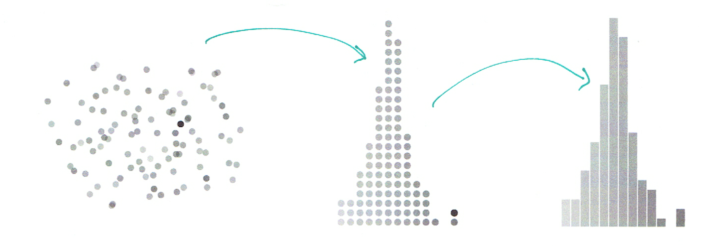
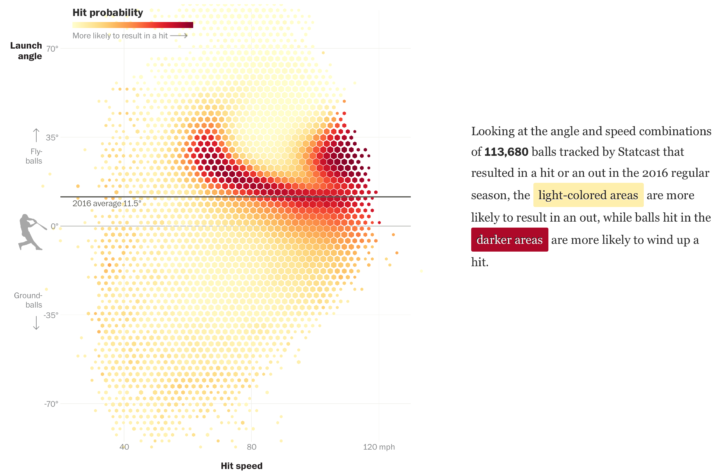
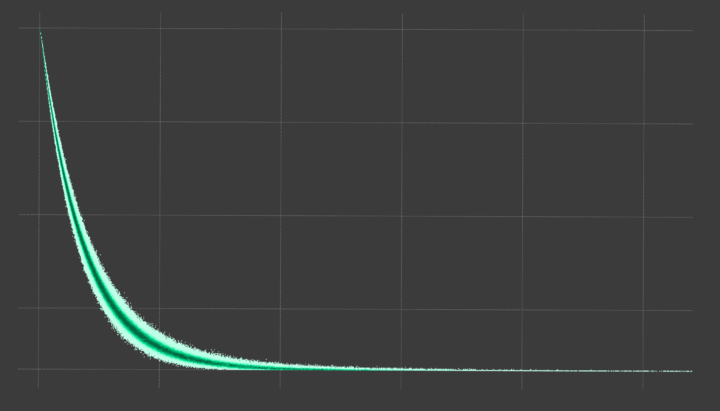
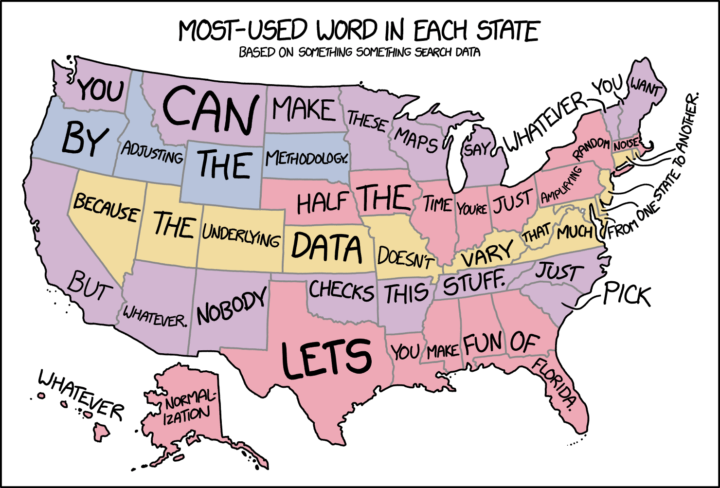
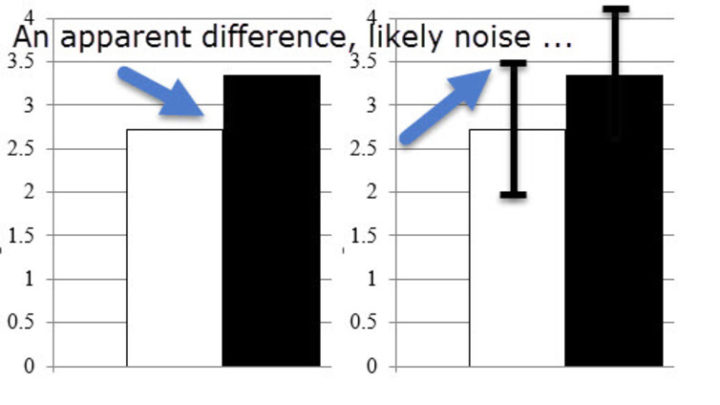

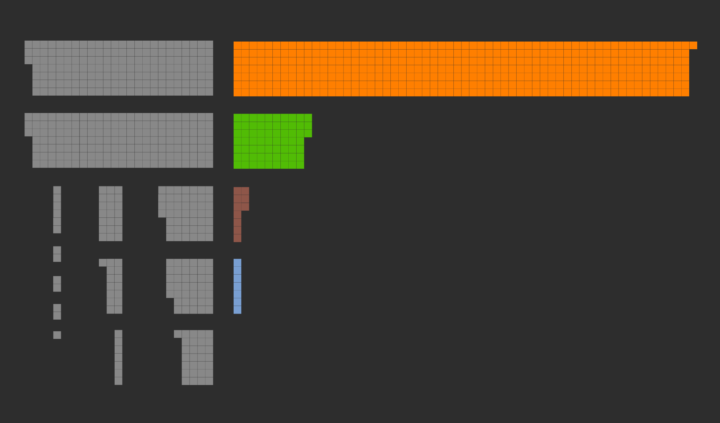
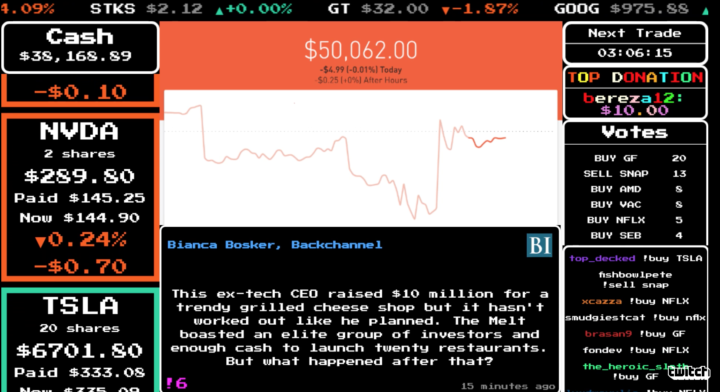
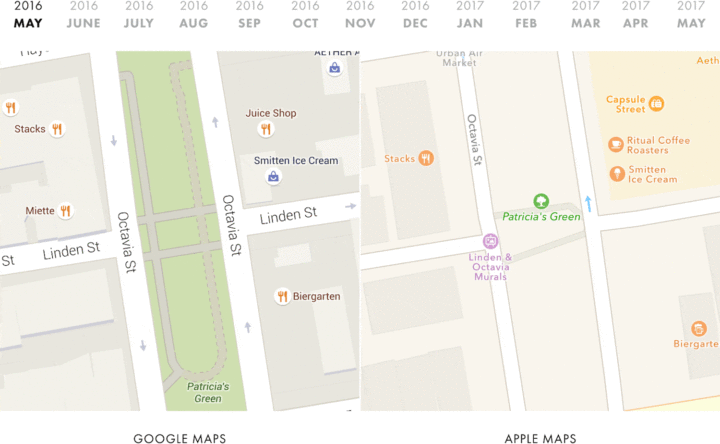
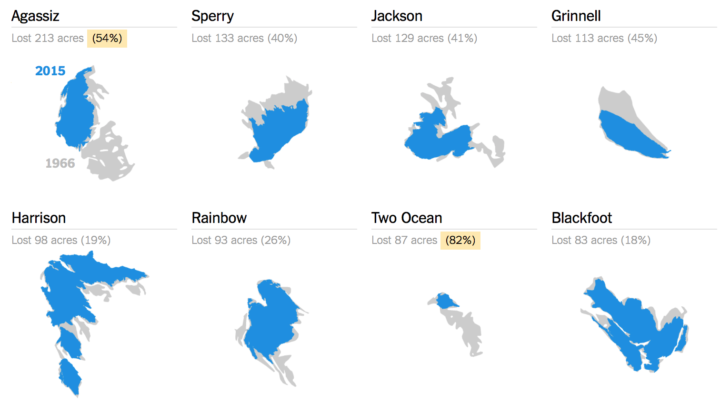
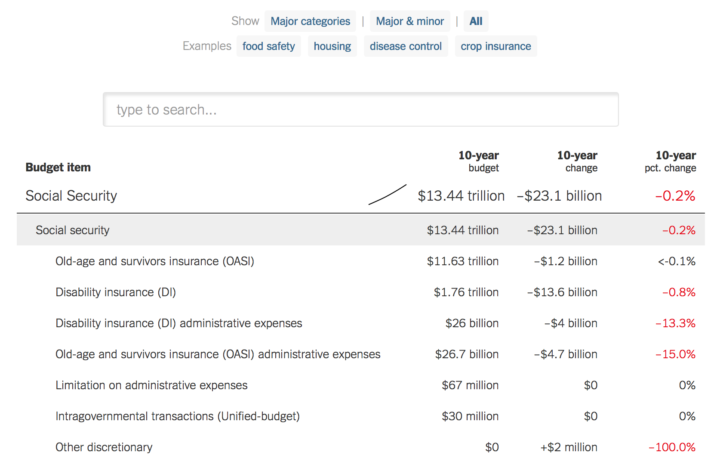
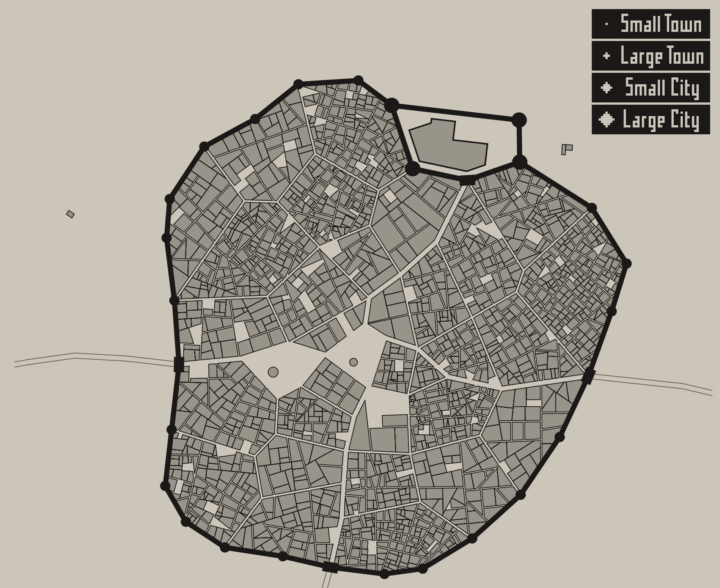
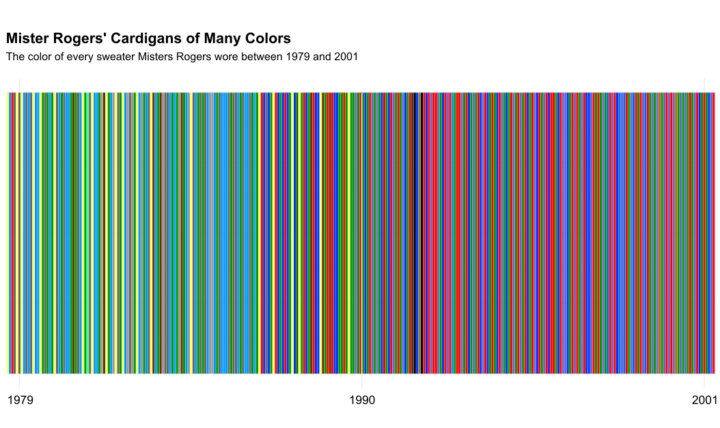
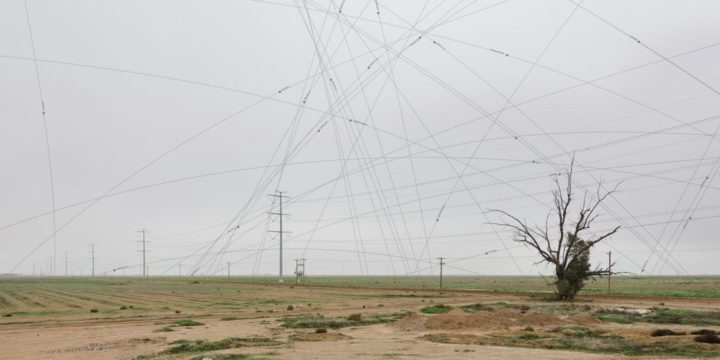
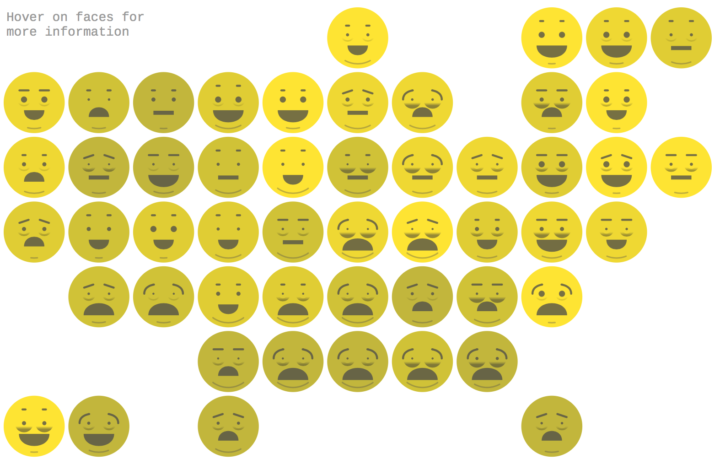
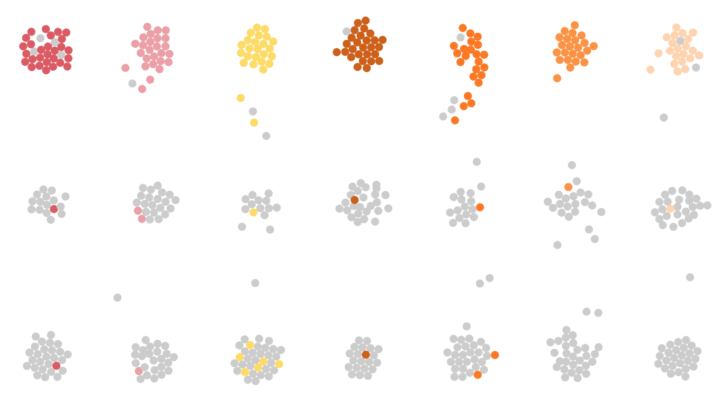
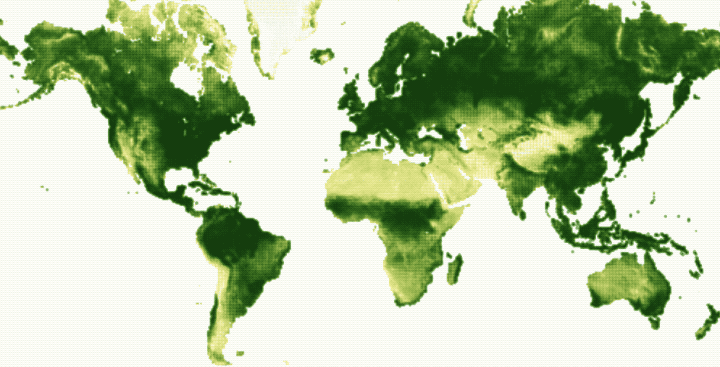

 Visualize This: The FlowingData Guide to Design, Visualization, and Statistics (2nd Edition)
Visualize This: The FlowingData Guide to Design, Visualization, and Statistics (2nd Edition)










